Best Times for Waterproofing Projects
Understanding the optimal timing for waterproofing projects is essential for ensuring effective protection and longevity of structures. Proper scheduling can prevent water intrusion issues and reduce the need for costly repairs in the future.
Spring is ideal for waterproofing as temperatures are moderate, allowing materials to cure properly and reducing the risk of moisture interference.
Summer offers longer daylight hours and warmer conditions, but high humidity and heat can affect some waterproofing products' application and curing times.
Fall provides cooler temperatures and dry conditions, making it suitable for waterproofing before winter weather sets in.
Winter is generally less suitable due to freezing temperatures and increased moisture, which can hinder proper application and curing of waterproofing materials.
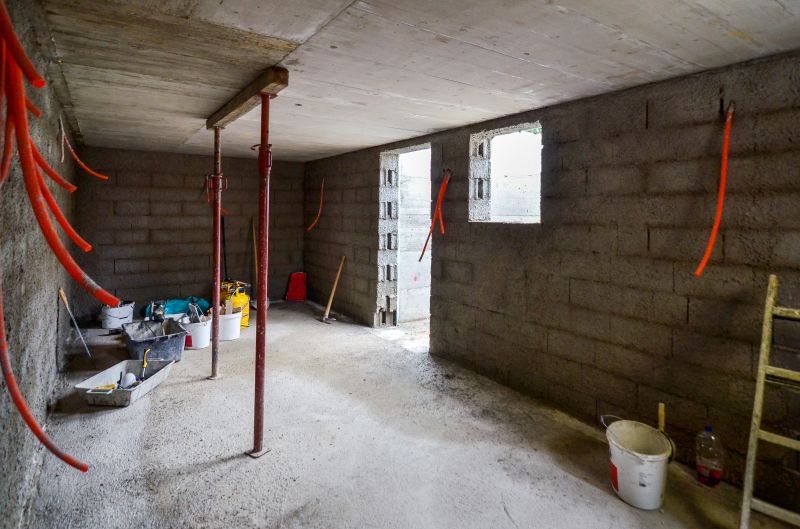
Ways to make Waterproofings work in tight or awkward layouts.
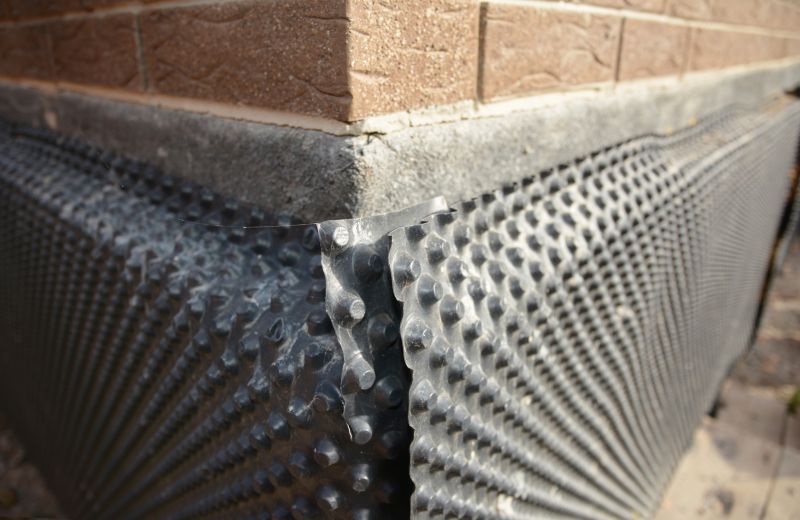
Popular materials for Waterproofings and why they hold up over time.

Simple add-ons that improve Waterproofings without blowing the budget.
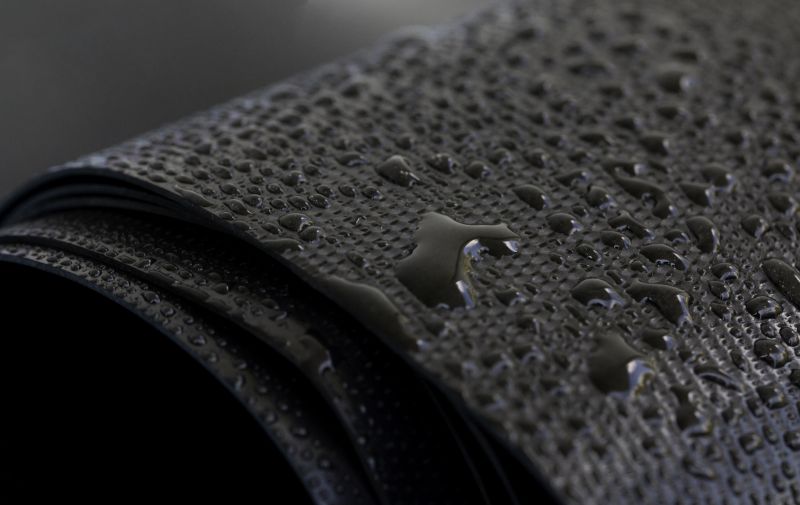
High-end options that actually feel worth it for Waterproofings.
Waterproofings are critical for protecting structures from water infiltration, which can lead to structural damage, mold growth, and other issues. Effective waterproofing involves applying specialized materials to vulnerable areas such as foundations, roofs, and basements. Proper timing ensures these materials perform optimally and provide long-lasting protection.
Statistics indicate that waterproofing can significantly extend the lifespan of buildings and reduce maintenance costs. For example, structures with timely waterproofing may experience up to a 30% decrease in repair expenses related to water damage over their lifespan.
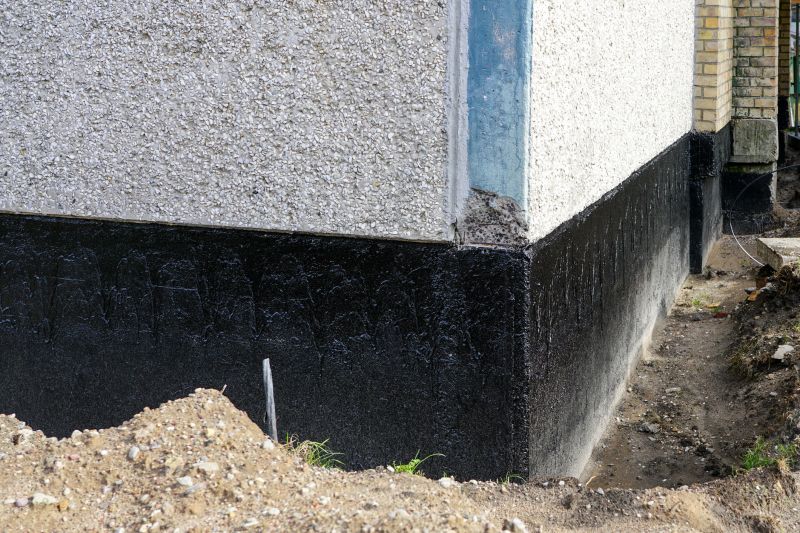
Finishes and colors that play nicely with Waterproofings.

Little measurements that prevent headaches on Waterproofings day.
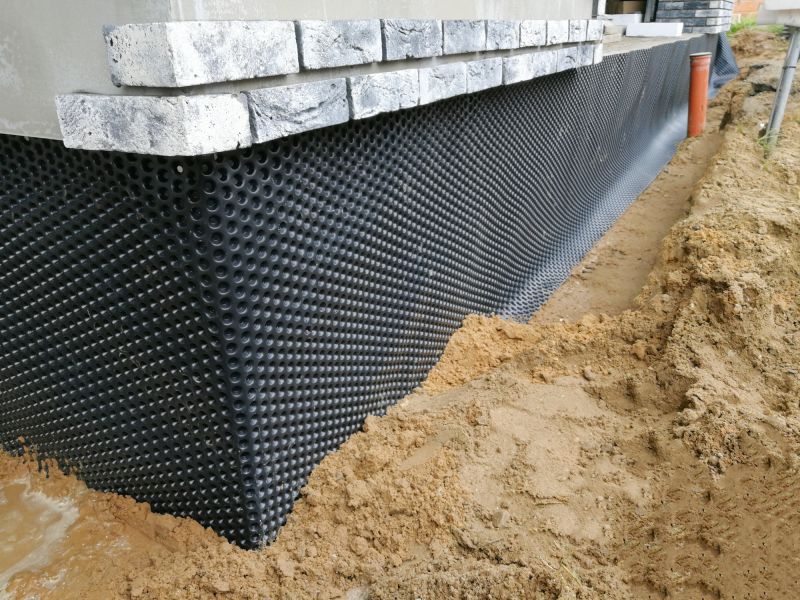
A 60-second routine that keeps Waterproofings looking new.
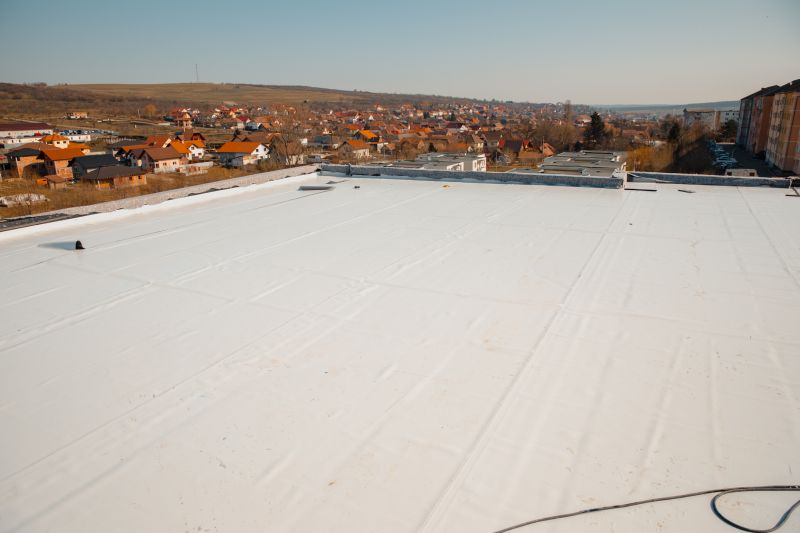
A frequent mistake in Waterproofings and how to dodge it.
| Season | Best Conditions for Waterproofing |
|---|---|
| Spring | Moderate temperatures and dry weather |
| Summer | Warm temperatures with low humidity |
| Fall | Cool and dry conditions before winter |
| Winter | Freezing temperatures and high moisture |
Choosing the right time for waterproofing ensures that materials adhere properly and cure effectively. It is recommended to avoid waterproofing during extreme weather conditions such as heavy rain, snow, or freezing temperatures to prevent compromised results.
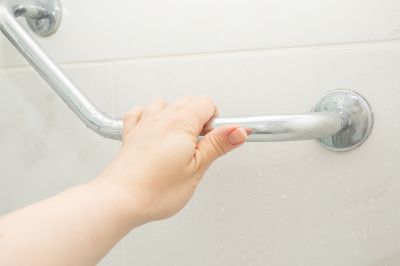
Small tweaks to make Waterproofings safer and easier to use.

Lower-waste or water-saving choices for Waterproofings.
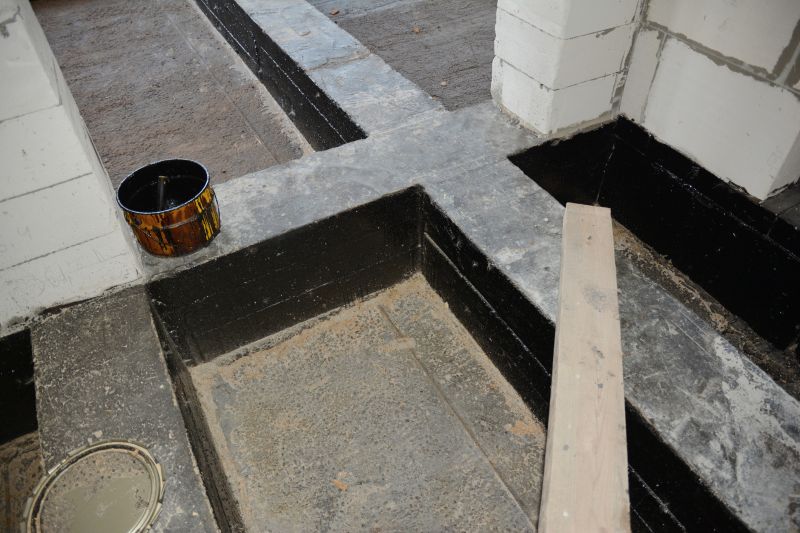
The short, realistic tool list for quality Waterproofings.
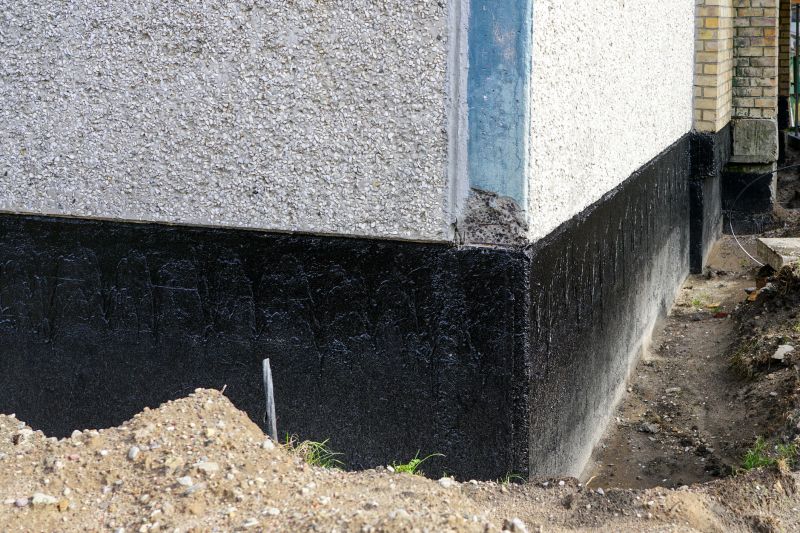
Rough timing from prep to clean-up for Waterproofings.

Quick checks and paperwork to keep after Waterproofings.
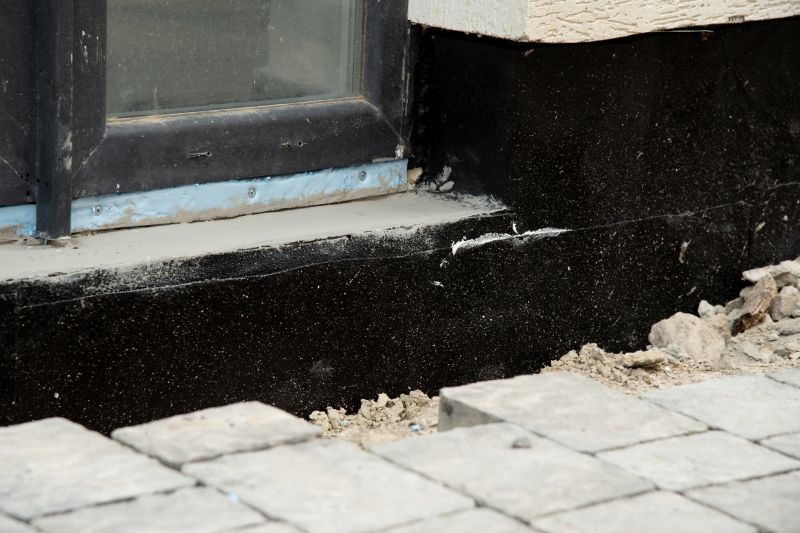
Examples that show the impact a good Waterproofings can make.
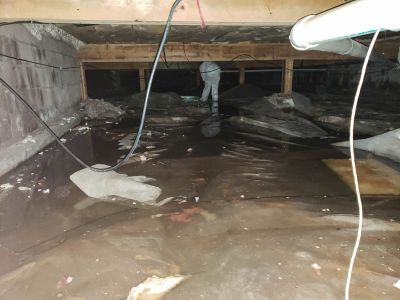
Ways to make Waterproofings work in tight or awkward layouts.
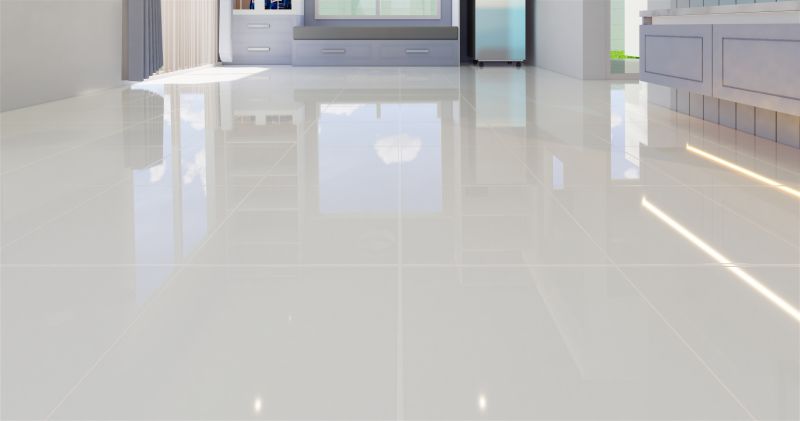
Ways to make Waterproofings work in tight or awkward layouts.

Ways to make Waterproofings work in tight or awkward layouts.
For those interested in waterproofing services, filling out the contact form provides an opportunity to discuss specific needs and scheduling options. Proper timing and application are essential for maximizing the effectiveness of waterproofing solutions.

